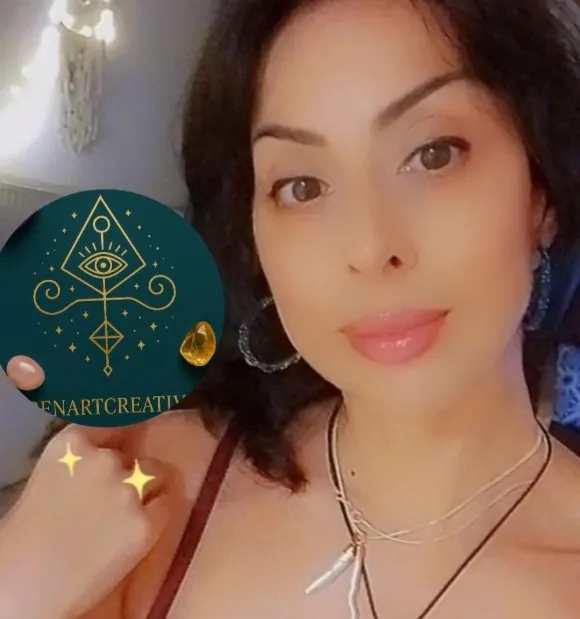Yoga Meditation: Master Breathing Techniques for Inner Peace & Clarity
Have you ever felt like your mind is a browser with too many tabs open? You’re not alone. In today’s fast-paced world, finding calm feels like searching for Wi-Fi in a desert. That’s where yoga meditation steps in—a timeless practice blending movement, breath, and mindfulness to quiet the noise. Let’s explore how this ancient ritual can help you reclaim focus, reduce stress, and connect with your inner self.
Key Takeaways:
- Yoga meditation merges physical postures with breath control to boost mental clarity.
- Specific breathing techniques like ujjayi and nadi shodhana deepen relaxation.
- Consistency matters more than perfection—start small and build gradually.
- Breathwork bridges the gap between body and mind, enhancing mindfulness.
Yoga meditation isn’t just for monks or Instagram influencers. Whether you’re a busy parent, a stressed student, or someone curious about mindfulness, this practice meets you where you are. Forget complicated routines; even 10 minutes daily can shift your mindset. Let’s break down how it works, why breathing is the secret sauce, and how to make it stick.
What Exactly Is Yoga Meditation?
Think of yoga meditation as a two-part harmony: physical postures (asanas) paired with intentional breathing. Unlike rigid gym workouts, this practice invites you to move with your breath, creating a rhythm that soothes your nervous system. Imagine your breath as a metronome guiding each stretch and hold—this synergy is where the magic happens.
Why Your Breath Holds the Key
Here’s a plot twist: You’ve been breathing your whole life, but yoga meditation teaches you to do it right. Most of us take shallow chest breaths, especially when stressed. Techniques like yoga breath meditation train you to breathe deeply from the diaphragm, flipping the “relaxation switch” in your body.
Try this now: Place one hand on your chest, the other on your belly. Inhale slowly through your nose, letting your belly rise first. Exhale fully. Congrats—you’ve just activated your parasympathetic nervous system, lowering cortisol levels!
Top Yoga Meditation Breathing Techniques to Try
- Ujjayi (Ocean Breath):
- Inhale deeply through your nose. Exhale with a slight constriction in your throat, creating a soft “ocean wave” sound. This yoga breathwork meditation technique builds heat and focus during poses.
- Nadi Shodhana (Alternate Nostril Breathing):
- Close your right nostril with your thumb. Inhale through the left. Switch fingers to close the left nostril, exhale through the right. Repeat for 5 cycles. Ideal for balancing energy.
- Box Breathing:
- Inhale for 4 counts, hold for 4, exhale for 4, hold for 4. Repeat. Perfect for pre-meeting jitters or winding down.
Starting Your Practice: No Fancy Mat Required
You don’t need a silent cave or designer leggings to begin. Here’s how to keep it simple:
- Pick a Time: Morning sessions set a calm tone; evenings help decompress.
- Choose Your Spot: A quiet corner, park bench, or even your office chair works.
- Set a Timer: Start with 5–10 minutes. Progress beats perfection.
Pro tip: Pair breathwork with gentle stretches. Cat-cow poses synced with inhales and exhales make a great starter sequence.
Common Hurdles (And How to Jump Them)
- “My mind won’t shut up!”
– That’s normal. Instead of fighting thoughts, label them (“thinking”) and return to your breath. - “I don’t have time.”
– Even 3 focused minutes count. Try breathwork during your commute or while waiting for coffee.
Making Yoga Meditation a Habit
Consistency trumps marathon sessions. Tie your practice to an existing habit—like post-shower or pre-lunch. Track progress with a basic app or journal. Celebrate small wins, like noticing when your shoulders relax during meetings.
Final Thought: Breathe First, Everything Else Follows
Yoga meditation isn’t about twisting into pretzel shapes or achieving enlightenment by Tuesday. It’s a toolkit for navigating life’s chaos with more grace. Start with one deep breath. Then another. Watch how tiny shifts create waves of calm. Ready to let your breath lead the way?
